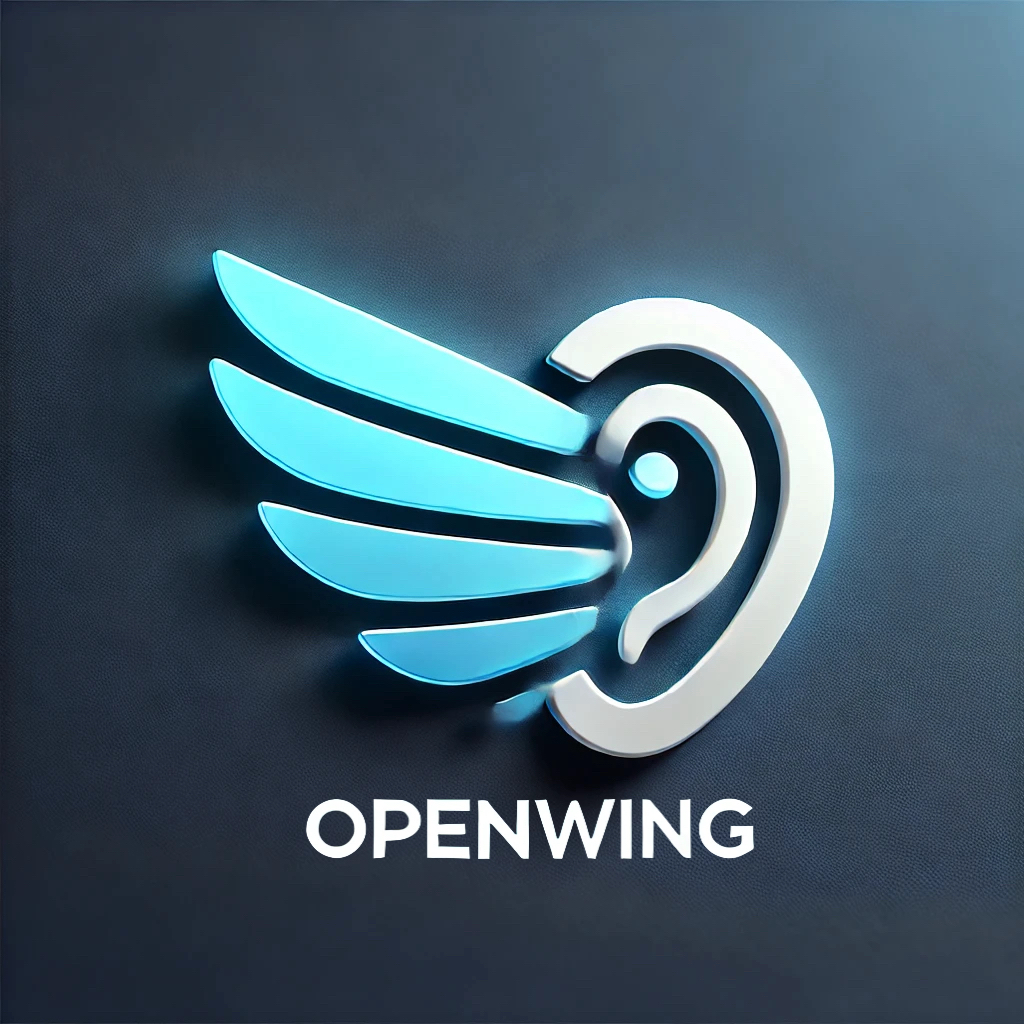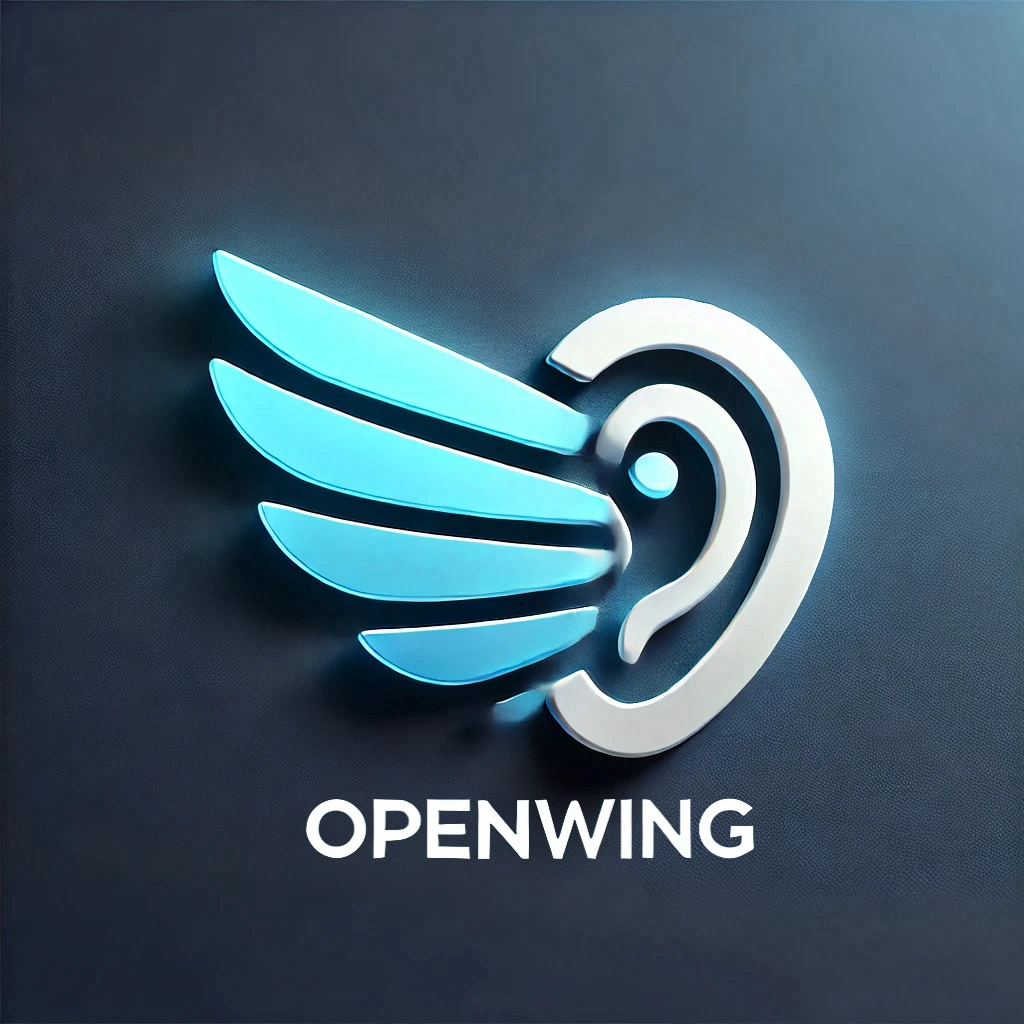The glittering lights of Las Vegas once again illuminate a future filled with technological wonders as CES 2025 takes center stage. The world’s premier electronics show drew tens of thousands of tech enthusiasts, journalists, and industry insiders eager to capture glimpses of innovation that promise to redefine modern lifestyles. This event, sprawling across an 18-square-kilometer expanse equivalent to 25 soccer fields, plays host to 3,680 exhibitors, presenting a formidable array of gadgets and innovations.
Among thousands of products and innovations, here are some of the most fascinating highlights from the past week:
The Mi-Mo robot captured widespread attention with its unique blend of functionality and design. This customizable, general-purpose AI robot, developed by Japan’s Jizai, perplexed onlookers—was it a lamp, a stool, or a complex machine? With six wooden-clad metal legs, Mi-Mo is designed to seamlessly integrate with home environments, offering intelligent interactions with its surroundings. Moreover, Jizai envisions Mi-Mo contributing to medical scenarios by performing simple tasks like medicine delivery.
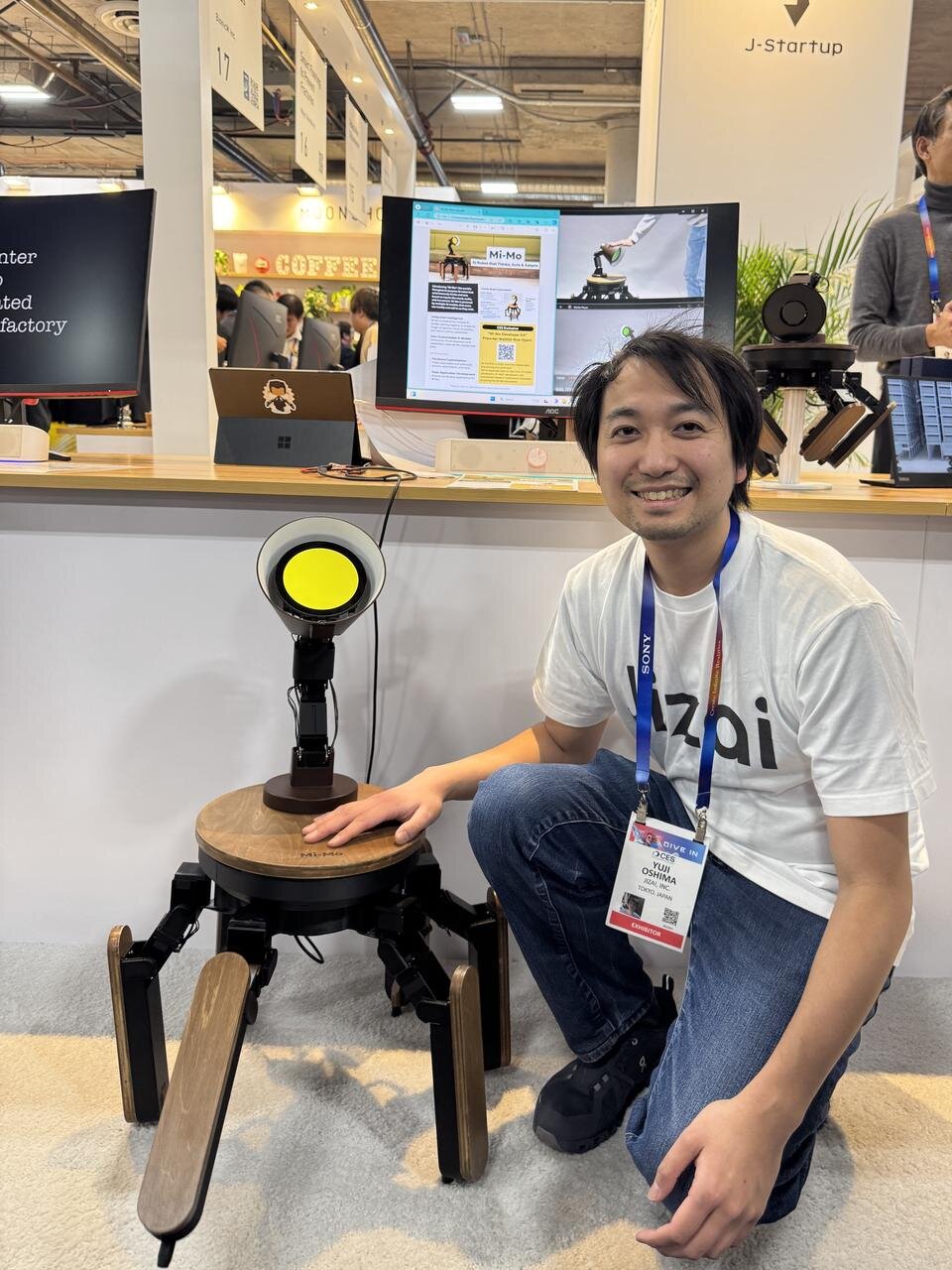
The robot’s sophisticated AI, powered by various models including those akin to ChatGPT, enables it to think, act, and adapt autonomously, presenting multiple potential applications. As Jizai’s Yuji Oshima elucidates, the name Mi-Mo symbolizes “Multiple-input” and “Multiple-output,” indicative of the rich interaction spectrum envisioned for this robot.
While Mi-Mo sparks familiarity, the HAGAMOSphere, a black spherical drone by DIC Corporation, prompts intrigue with its avant-garde design. Described as a “game ball,” this device touts an innovative bouncy design for optimal collision avoidance, positioning it for varied uses from filmmaking to rescue missions. Despite being a prototype, its design prowess earned it a CES Innovation Award, emblematic of DIC’s pivot from fine chemicals to impacting the tech world with their visionary concepts.
Adding to the mix of breakthrough technology is the much-anticipated return of flying cars to CES. This year, XPeng’s “land carrier” flying car model has moved closer to reality, garnering over 3,000 pre-orders ahead of its planned 2026 release. This sleek vehicle features around 50 kWh battery power with a flight capability spanning several kilometers, aimed primarily at leisure-oriented consumers.
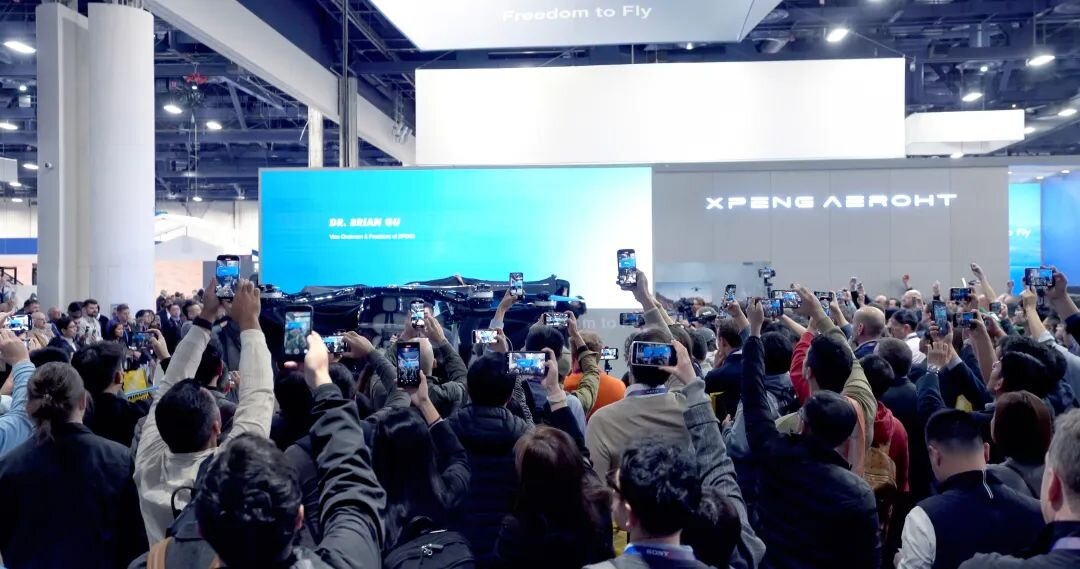
Though flying cars remain a distant reality for many consumers, products like the AI pet Ropet, introduced by Mungiobot for $299, are closer to today’s market. This AI-enhanced companion combines the tactile pleasure of a plush toy with cutting-edge AI, capable of recognizing and responding to human emotions through sophisticated sensors and AI learning techniques. In an unexpected turn, Ropet collaborated with Yukai Engineering’s AI pet Mirumi, facilitating inter-pet “communication” and showcasing an emotive aspect of AI technology.
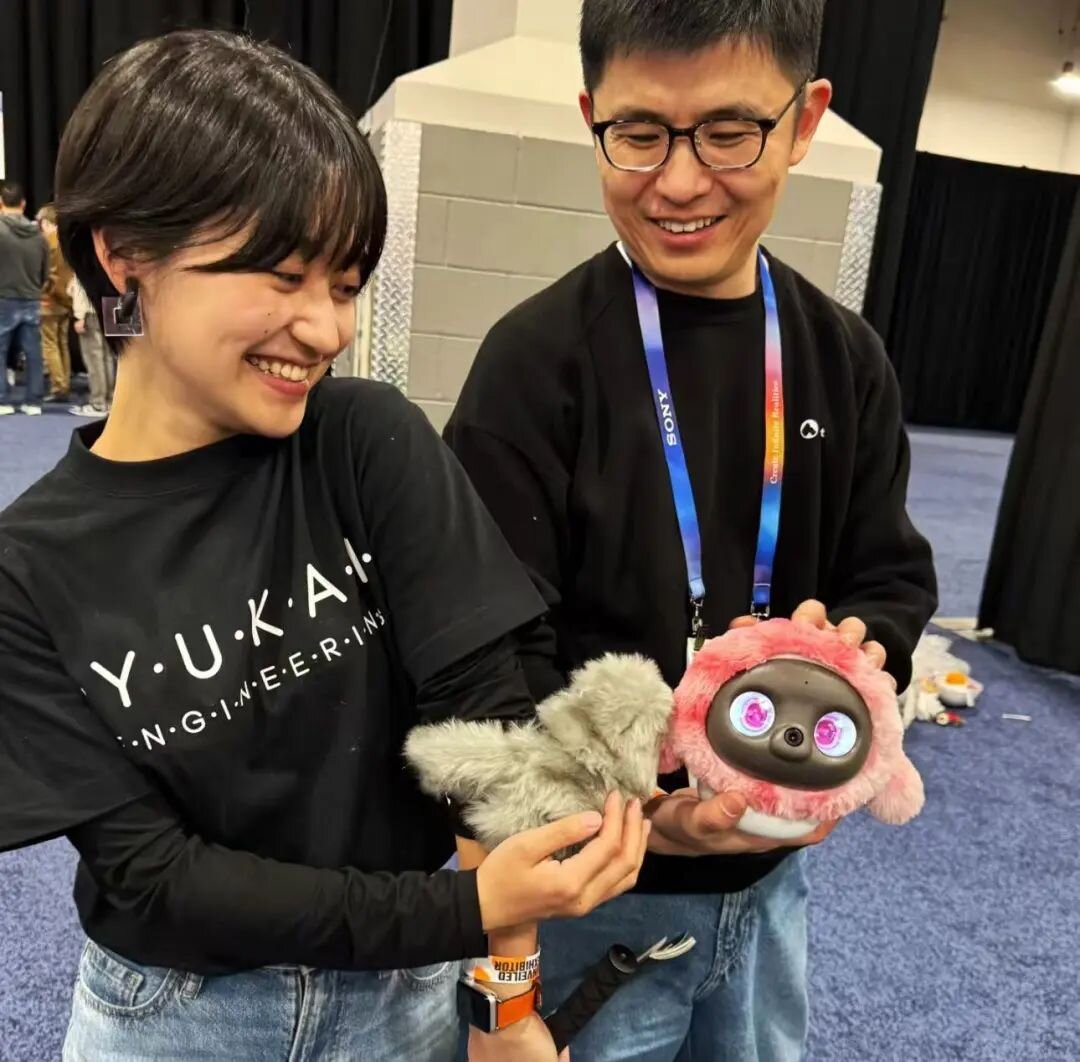
Not to be outdone, Tombot debuted Jennie, an AI-enhanced Labrador puppy robot, designed to provide emotional support for individuals with Alzheimer’s, autism, and similar conditions. Promising warmth without the responsibility of a real pet, Jennie has already amassed a significant following of over 7,000 pre-orders.
Throughout CES 2025, the trend is clear: AI is revolutionizing the way humanity interacts with technology. From robotic pets to flying vehicles, each product reflects a deeper integration of AI within personal and professional realms.
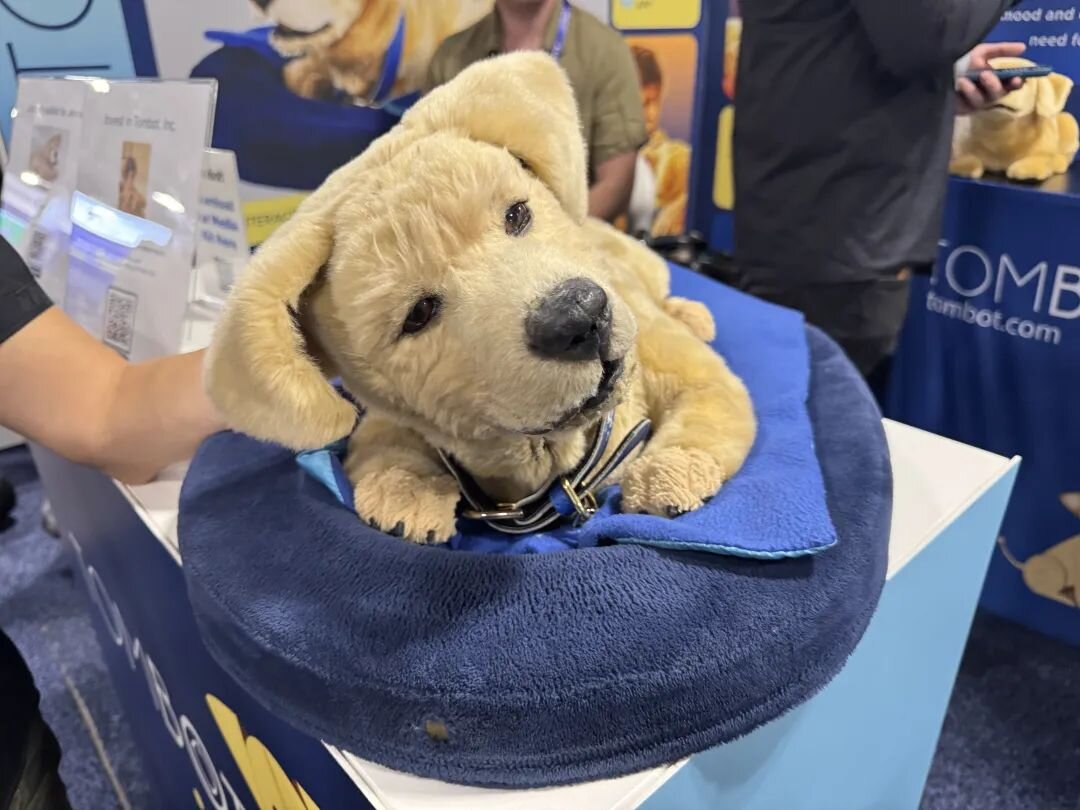
As CES 2025 concludes, it leaves behind a tantalizing question: How will these innovative devices transition from dazzling exhibits to daily essentials? The journey from concept to consumer utility involves overcoming hurdles of cost, regulation, and user experience, suggesting that the real test of these technologies will unfold well past the visible sheen of today’s show.
